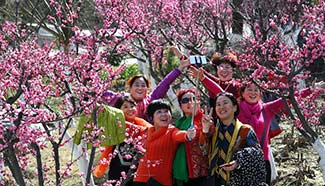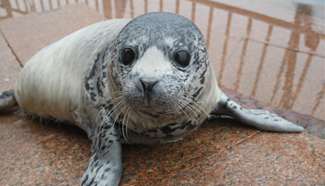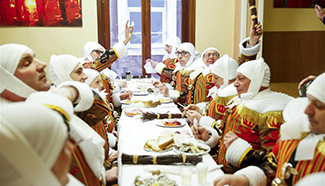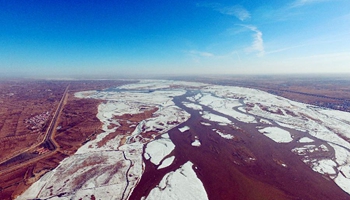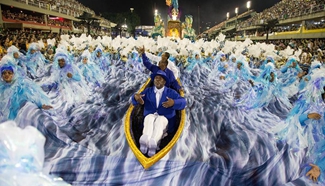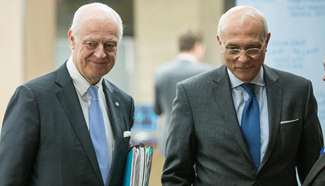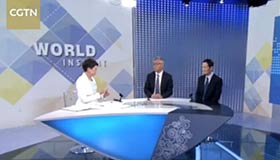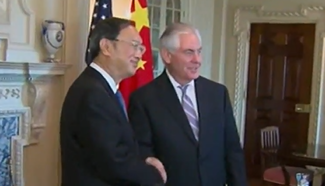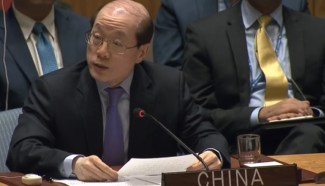SHENYANG/HARBIN, March 1 (Xinhua) -- The new semester starts in northeast China's primary and middle schools Wednesday, when students begin using revised history textbooks.
The new textbooks use the phrase the "14-year Chinese People's War of Resistance Against Japanese Aggression," officially acknowledging Japanese troops invading northeast China on Sept. 18, 1931 as the start of the war.
Previous Chinese textbooks referred to the war as lasting for eight years.
Miao Shiyi from the Benxi Man autonomous county of Liaoning Province told her classmates stories that her great-grandfather had told her.
"His brother once joined the army to fight against the Japanese," said the ninth-grader from the Northeast Anti-Japanese United Army Middle School.
She told Xinhua that her great-great-grandfather was slashed to death by Japanese soldiers.
"To protect their homeland, people joined the army voluntarily. They fought running battles. Without enough supplies, they ate grass roots and tree bark. The chances of winning were slim, but they persisted," she said.
Miao was a small girl when she first heard these stories.
"As I grew up, I began to understand them. When a bird's nest is overturned, no egg can remain intact. We must work hard to make our nation stronger, so that we will not be bullied again."
In the Manzu Primary School, students act in plays about the Northeast Anti-Japanese United Army.
"In fact, many of the students grew up listening to these stories," said Liu Xiuhong, vice president of the school. "We are now learning the history systematically, so as to plant a seed of national spirit in their hearts."
On Sept. 18, 1931, China became the first country to engage with the forces of fascism when the occupying Japanese army blew up a section of railway near Shenyang in northeast China. They then accused Chinese troops of engineering the event and began bombardment of barracks near the city the same evening. Thus began a large-scale invasion and armed struggle that would last for 14 years.
"At its maximum the Northeast Anti-Japanese United Army had about 30,000 members, less than one-tenth of their enemy," said Zhang Peng, curator of the memorial hall of the Northeast Anti-Japanese United Army. "It is one of the earliest troops that started fighting against the fascists, in the worst of situations."
But Chinese textbooks used to recognize the beginning of war against Japanese aggression as July 7, 1937, when a crucial access point to Beijing, the Lugou Bridge, also known as the Marco Polo Bridge, was attacked.
Gao Xiaoyan, vice president of the Institute of Historical Research in the Heilongjiang Provincial Academy of Social Sciences, noted that many experts and veteran soldiers had appealed for years to have date changed to Sept. 18, 1931.
"The revision will push forward studies of wartime history," Gao said.
"We have finished publishing the new textbooks," said Meng Xiangzhong, vice manager of the textbook department with Heilongjiang Xinhua Bookstore Group. "For books published last year, we printed new pages for the students, so that they can replace the old ones in the book on their own."

